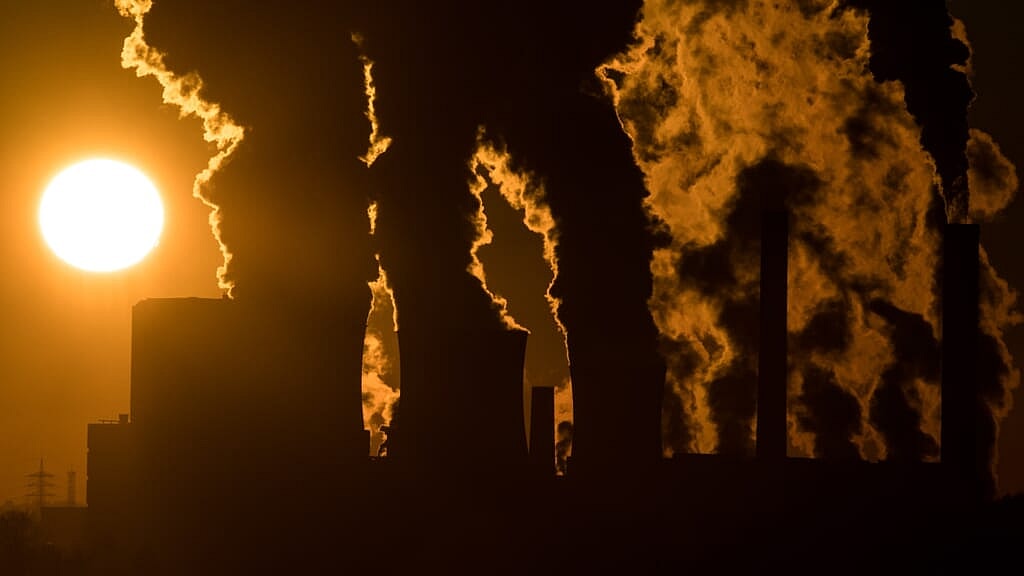The Environmental Protection Agency has released an equity action plan to address environmental justice and civil rights.
The EPA has three objectives, according to its report. The federal agency wants to promote environmental justice and civil rights, embed those two issues in EPA programs, policies, and activities, and strengthen civil rights enforcement in communities with environmental justice concerns.
Environmental Justice is the effort to improve and sustain a clean and healthy environment, particularly for communities systemically affected by policies that expose them to harmful sources of pollution.

The EPA identified six priority actions to help implement and achieve the action plan, including understanding the barriers communities face. The EPA, in its report, noted that underserved communities face challenges that include underinvestment in infrastructure and barriers to engaging in the decision-making process. Communities most affected tend to be smaller and economically disadvantaged.
“EPA must provide robust support to help communities overcome these challenges and ensure their ability to meaningfully engage with EPA and other government agencies, participate in decision-making processes, and benefit from federal funding opportunities and investments,” the report said.
The Grio recently reported on the health issues Black, disadvantaged communities face from dirty air. Those health problems include heart and lung disease from pollutants from businesses and trucks that clog the highways and streets of these neighborhoods. The story examined how federal government policies and systematic racism set the stage for dirtier air in Black communities.
In the report’s “barriers to equitable outcomes” section, the EPA nods to the systematic issues disadvantaged communities face.
“Yet these underserved communities—by virtue of being systematically denied a full opportunity to participate in aspects of economic, social, and civic life —can face multiple resource and capacity challenges to engaging with EPA or accessing its programs,” the report said.
The EPA finalized its plan in February for fiscal years 2022 to 2026. It sets several benchmarks to monitor program progress, but the report is silent on actions it might take to prevent health problems in Black communities.
Several experts interviewed by The Grio noted and criticized a lack of firm steps to address the health issues in Black communities caused by pollution. One 2019 study said Black people’s pollution exposure is 56% greater than that of whites. It’s even worse for Latinos – 63%.
Some environmental justice advocates were less than impressed by the EPA report.
“What I’m thinking is, in three to four years, how many Black and brown people are going to end up with cancer?” Rashaad Thomas, a Phoenix writer, told AZCentral.com, the website of the Arizona Republic. “Or any other disease related to environmental justice?”
TheGrio is FREE on your TV via Apple TV, Amazon Fire, Roku, and Android TV. Please download theGrio mobile apps today!

